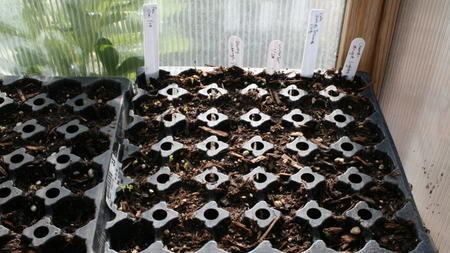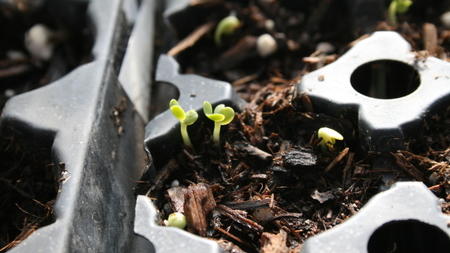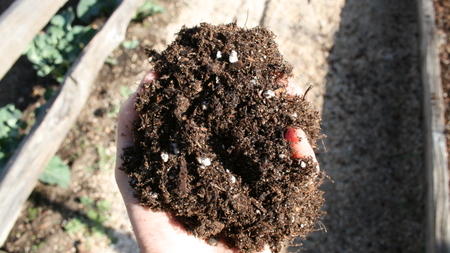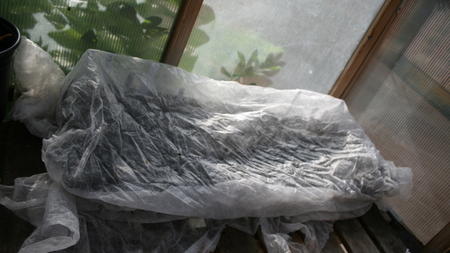
Starting from Seed
You could always purchase already-established seedlings. But consider discovering the joy of raising grown plants from tiny seeds you plant yourself.
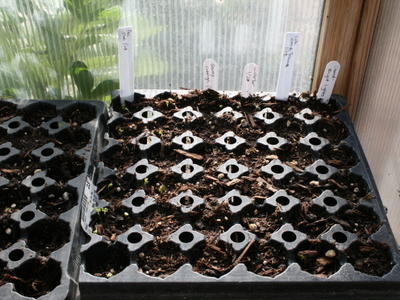
Planting cucumber seeds was one one of the first tasks given to me during my starting week at Delaney Community Farm outside of Denver, CO. They were the first seeds I’d ever planted, and I was to drop them in several 30 foot rows that I had just carved with a hoe.
I was horrified at the idea of releasing these tiny, baby seeds into that dry, crumbly soil. It seemed simply impossible that they would know how to grow and survive in such seemingly harsh conditions.
Sure enough, they sprouted, grew, and matured into fabulous slicers and picklers. And with them grew my fascination with the knowledge that I can really grow something big from a tiny seed.
